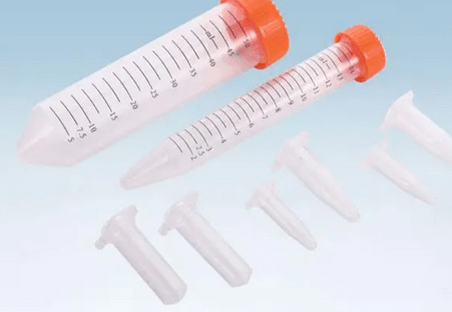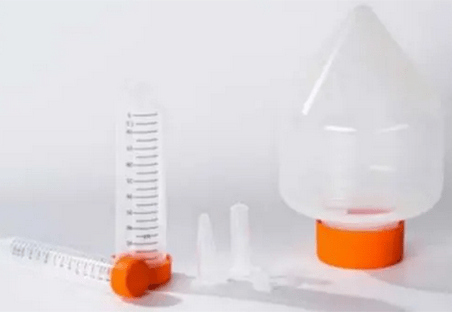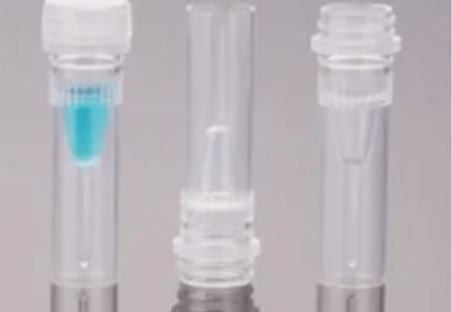Laboratories play a crucial role in scientific research, and various equipment and tools are essential for conducting experiments and analyses. One such indispensable tool in a laboratory setting is the centrifuge tube. Centrifuge tubes are specially designed containers used in centrifugation processes, where samples are spun at high speeds to separate components based on their density. In this article, we will explore the types and functions of centrifuge tubes, highlighting their significance in laboratory procedures.
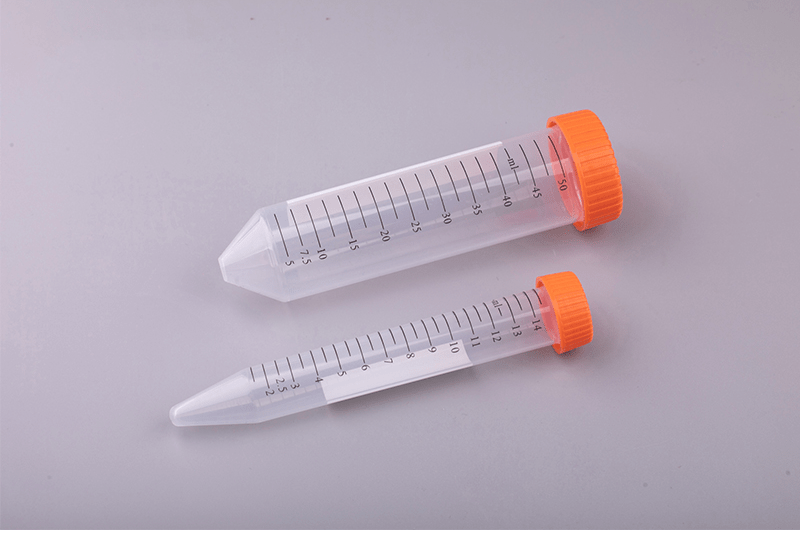
What are the Types of Centrifuge Tubes?
Centrifuge tubes are widely used in laboratory settings for various purposes, including the separation of components in a sample through centrifugation. These tubes come in different types and classifications based on their design, material, and specific applications. Here are some common classifications of centrifuge tubes:
According to Shape
- Conical Tubes: These have a tapered bottom, allowing for easy pellet recovery after centrifugation. They are suitable for applications like cell pelleting and nucleic acid precipitation.
- Flat-Bottom Tubes: These tubes have a flat bottom and are often used for applications where the pellet doesn’t need to be easily accessible.
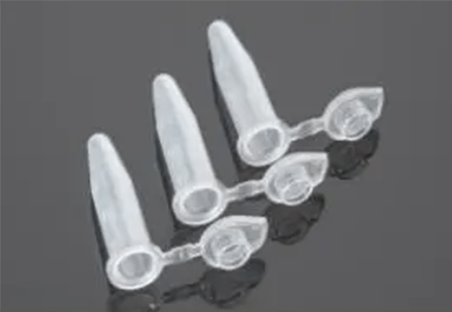
According to the Closure Type
- Screw Cap Tubes: These have screw-on caps that provide a secure seal and are suitable for high-speed centrifugation.
- Snap Cap Tubes: These have snap-on caps, which are convenient for quick opening and closing.
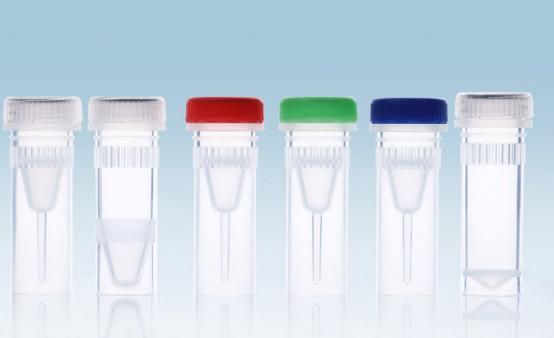
According to Volume
- Microcentrifuge tubes are typically 1.5 or 2 ml in volume. They are used for small samples or for applications where high speed is required.
- Conical centrifuge tubes are typically 15 or 50 ml in volume. They are used for larger samples or for applications where a greater concentration of cells or particles is required.
- Ultracentrifuge tubes are typically 50 ml or more in volume. They are used for applications where very high speed is required, such as separating viruses or proteins.
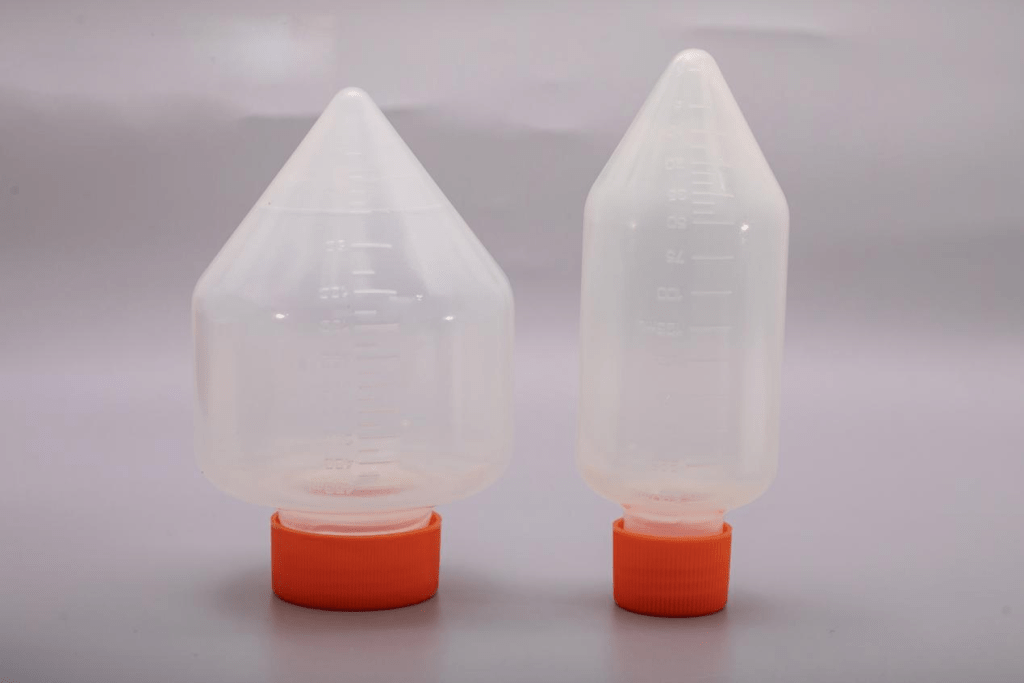
Specialized Tubes
- PCR Tubes: Designed for polymerase chain reaction (PCR) applications, these tubes often have thin walls to ensure efficient heat transfer.
- RNAse/DNAse-Free Tubes: Certified to be free of enzymes that can degrade RNA or DNA, making them suitable for sensitive molecular biology applications.
- Cryogenic tubes: These tubes are designed for long-term storage of samples at very low temperatures. They are made of a material that can withstand extreme cold without cracking.
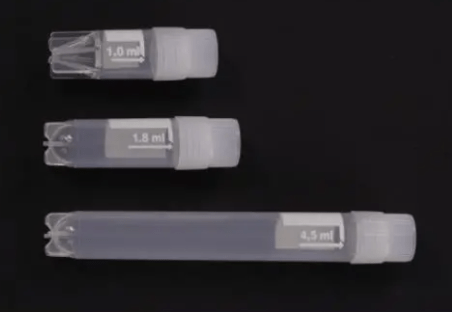
What are the Functions of Centrifuge Tube in the Laboratory?
Centrifuge tubes are widely used in laboratories for various purposes, primarily related to the separation and analysis of substances based on their density or mass. Here are some key functions of centrifuge tubes in the laboratory:
- Centrifugation: The primary function of a centrifuge tube is to hold the sample during centrifugation. Centrifugation involves spinning samples at high speeds to separate components based on their density. The heavier particles move towards the bottom of the tube, forming a pellet, while lighter components remain in the supernatant.
- Separation of Components: Centrifuge tubes are crucial for separating different components of a sample, such as cells, organelles, proteins, or nucleic acids. This separation is based on the principle of sedimentation, where particles move through a liquid medium in response to a centrifugal force.
- Sample Storage: Centrifuge tubes are often used for short-term storage of samples before or after centrifugation. They come in various sizes and materials, including plastic or glass, depending on the specific requirements of the experiment.
- Fractionation: Researchers can use centrifuge tubes to fractionate a sample into distinct layers or phases. This is particularly useful when isolating specific fractions from a heterogeneous mixture.
- Density Gradient Centrifugation: In certain experiments, scientists use density gradient centrifugation to separate particles based on their buoyant density. Centrifuge tubes with a density gradient medium (such as sucrose or cesium chloride) help in creating these gradients.
- DNA and RNA Extraction: Centrifuge tubes are commonly employed in molecular biology laboratories for DNA and RNA extraction procedures. After lysis and centrifugation, DNA or RNA can be collected from the pellet or supernatant.
- Cell Culture: In cell biology, centrifuge tubes are used to harvest cells after cell culture. Centrifugation helps to concentrate cells and remove the culture medium, facilitating downstream processes.
- Protein Purification: During protein purification processes, centrifuge tubes aid in separating protein fractions based on their molecular weight or other properties. This is crucial for obtaining pure and concentrated protein samples.
- Analytical Techniques: Centrifuge tubes are used in various analytical techniques such as density gradient ultracentrifugation, which is employed in the analysis of macromolecules and particles.
- Clinical Diagnostics: In clinical laboratories, centrifuge tubes play a vital role in processes like blood sample processing, where they are used for separating plasma or serum from cellular components.
In summary, centrifuge tubes are versatile tools in the laboratory, facilitating numerous processes that involve the separation and analysis of biological materials. Their design and material properties are chosen based on the specific requirements of the experiment or procedure at hand.
Conclusion
In conclusion, the centrifuge tube stands as a fundamental and indispensable tool within laboratory settings, playing a pivotal role in various scientific processes such as sample separation and analysis. The diverse types of centrifuge tubes cater to specific needs, ensuring researchers have the right tool for the job. From conical-bottom tubes for efficient pellet formation to ultracentrifuge tubes for high-speed applications, the array of options underscores the versatility of these lab consumables.
For laboratories seeking reliable and high-quality centrifuge tubes, the importance of establishing partnerships with reputable lab consumables suppliers cannot be overstated. These suppliers not only provide a wide range of centrifuge tubes but also ensure the delivery of products that meet stringent quality standards. When considering centrifuge tube suppliers, it is crucial to prioritize those that prioritize precision, durability, and compatibility with different centrifuge models.
As laboratories continue to advance in technology and methodology, centrifuge tubes will remain integral to the pursuit of knowledge and scientific discovery.
